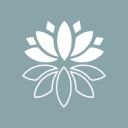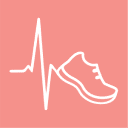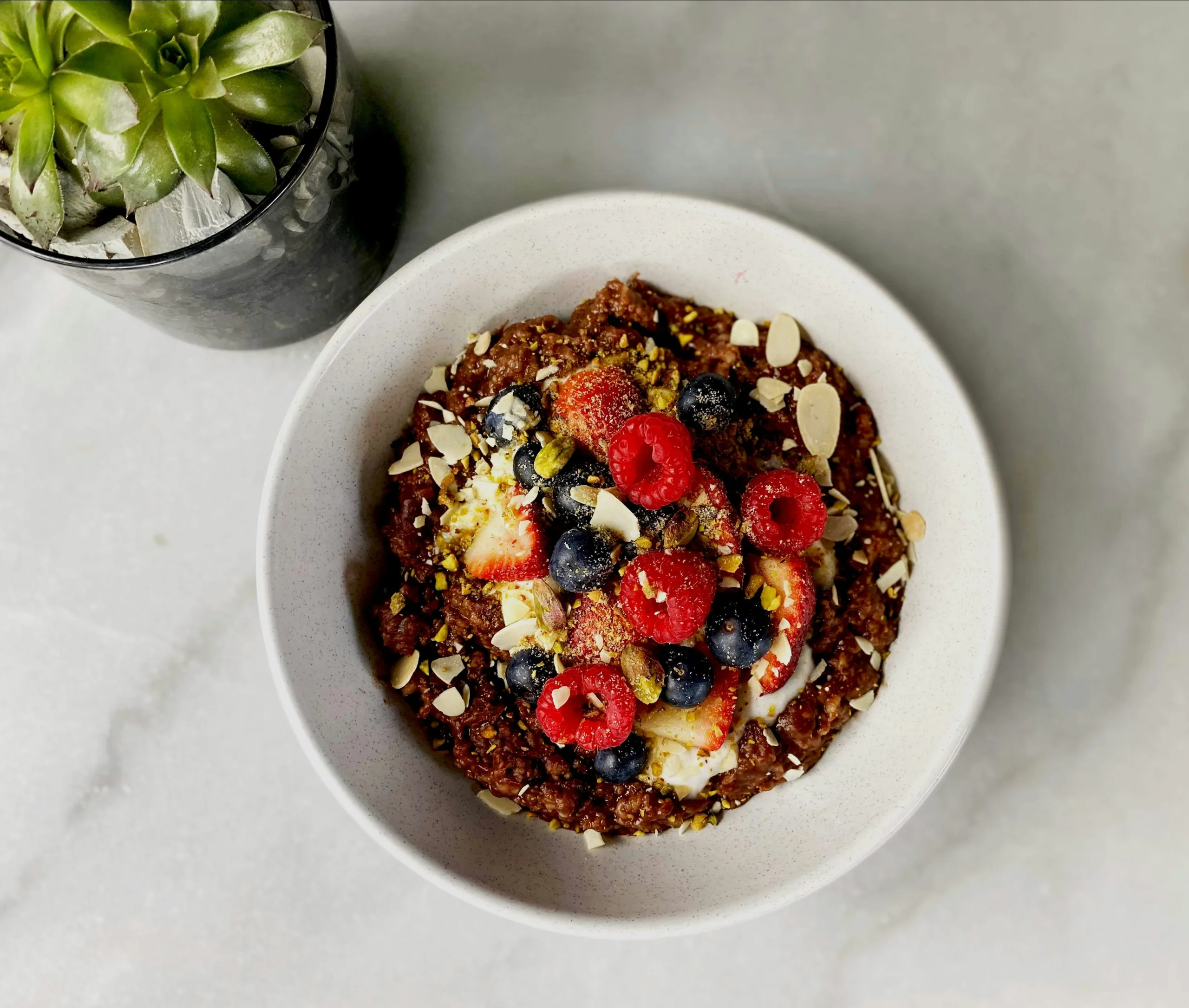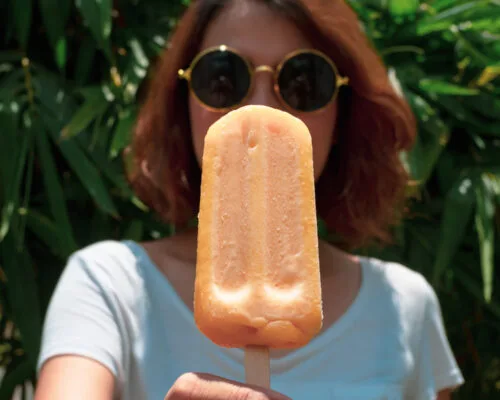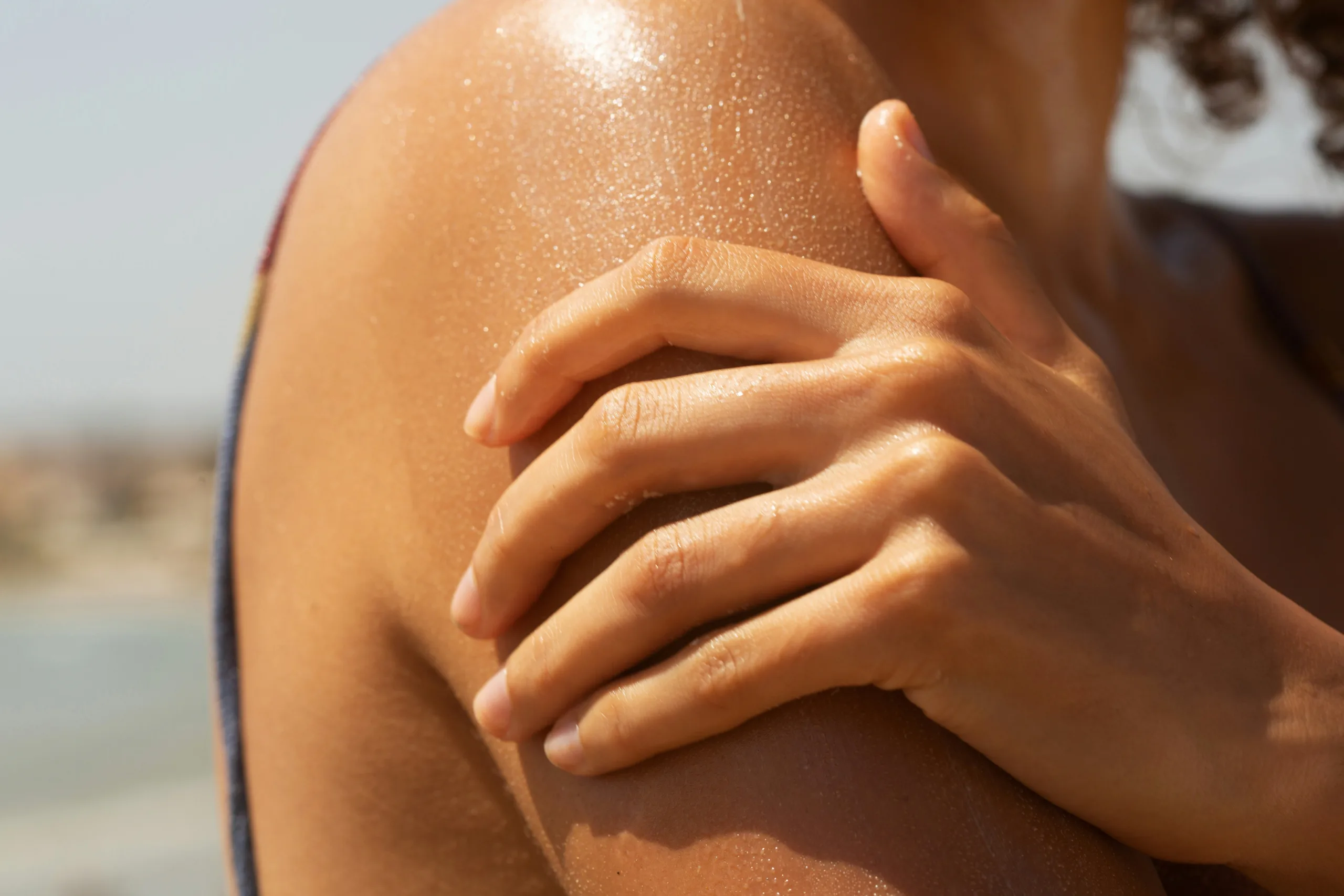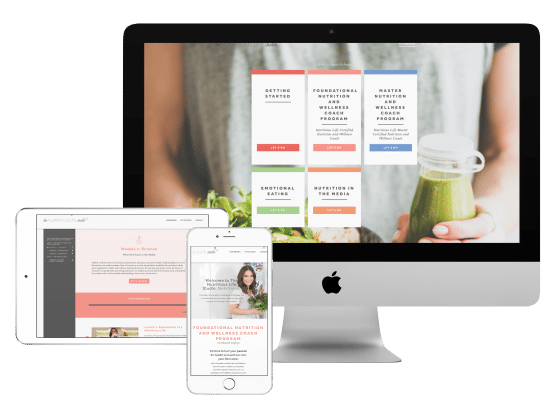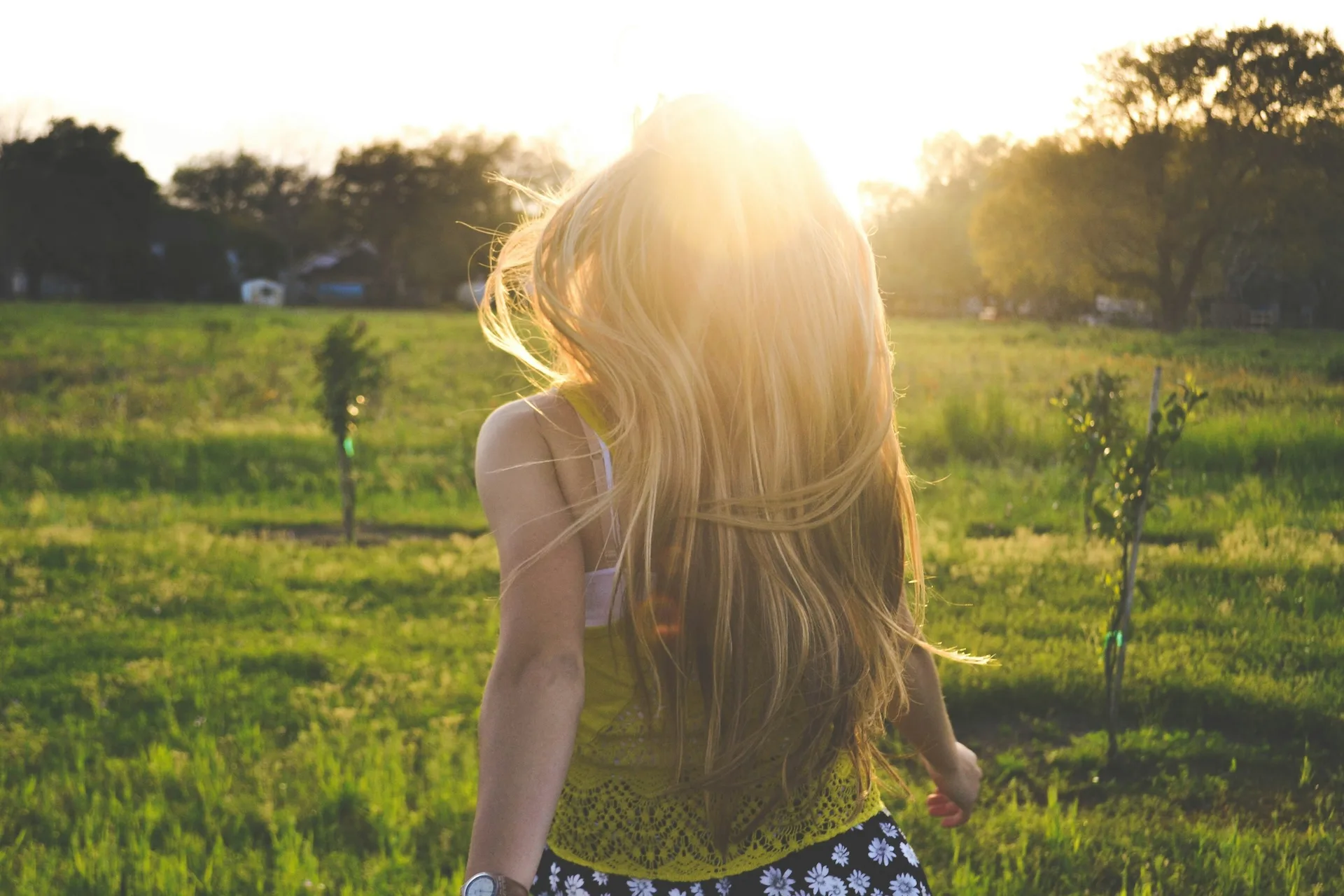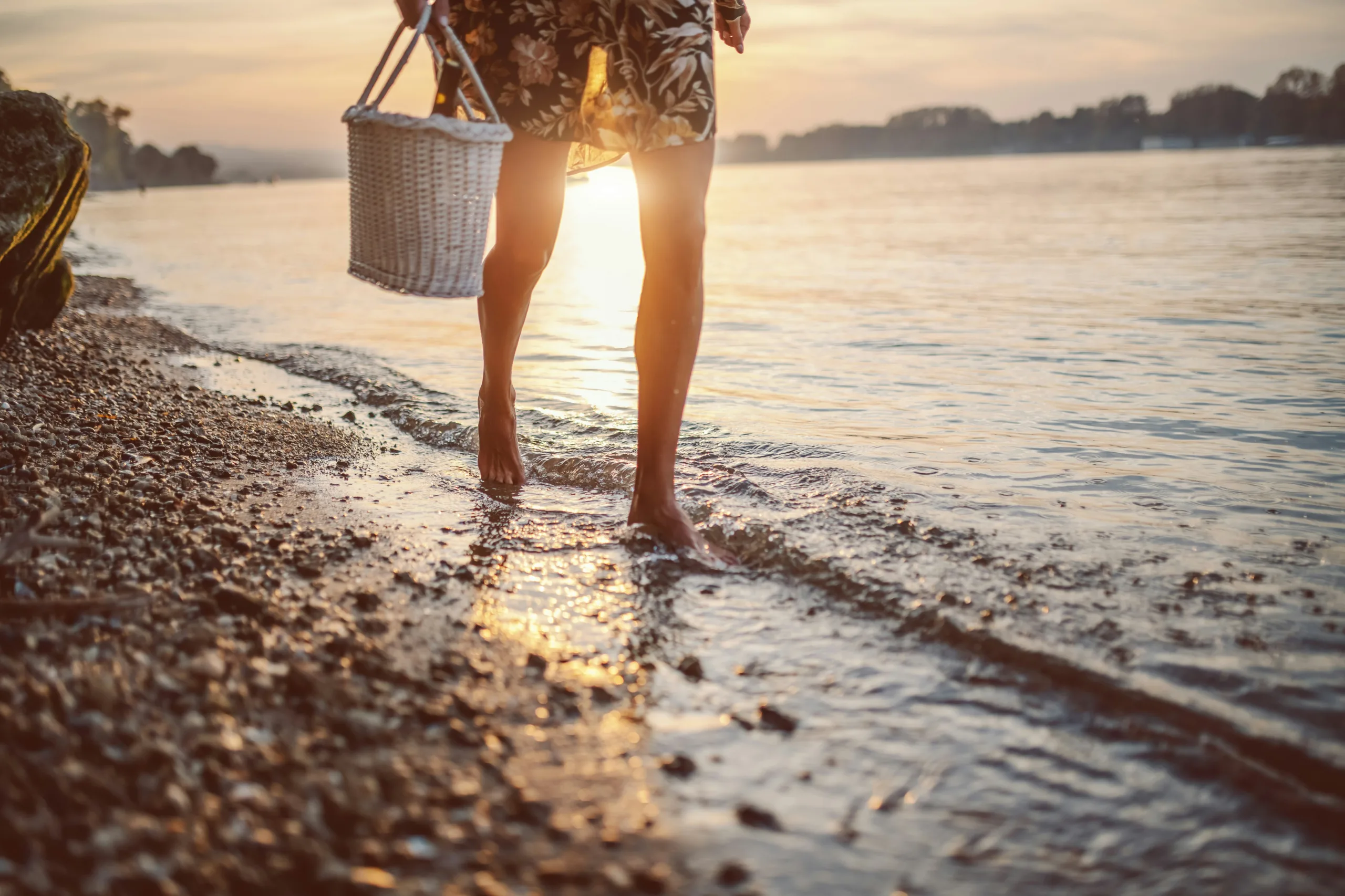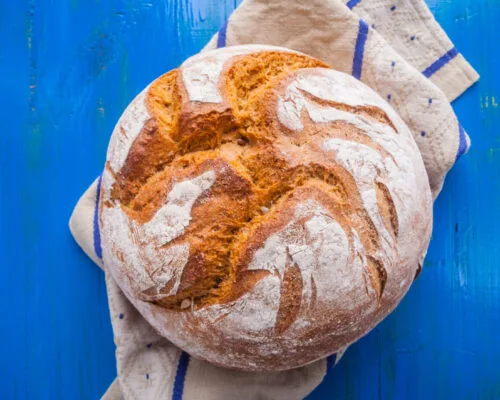There’s a good chance you’ve been hearing a lot about “clean beauty” lately. Perhaps, you’re also overwhelmed by the term and not sure where to start.
First off, don’t worry, there’s no need to overhaul your entire beauty cabinet at once or sacrifice efficacy in the process. Phew. Read on for your totally approachable guide to clean beauty…
What is clean beauty?
While “clean beauty” doesn’t have a universal definition, it’s best to think of it as beauty products made with the highest quality, non-toxic ingredients sourced mindfully, sustainably, and ethically. Top ingredients include those that are organic, wild-harvested, eco-certified, bio-dynamic, cruelty-free, and fair trade.
RELATED: Bobbi Brown’s Personal Beauty-From-Within Strategies
The trickiest part of navigating the clean beauty market is differentiating between quality products and effective, yet misleading, marketing. Unfortunately, marketers are keen to consumers’ desire for “non-toxic” products and can take advantage of the lack of universal or legal definitions of terms such as “clean,” “green,” “non-toxic,” and “sustainable.”
So, how do we become savvy shoppers?
First, make it a habit to read ingredient labels on your beauty products (just as you do for food!). Similar to food labels, beauty products list ingredients from highest to lowest concentration. Because of this, we want the best, most effective ingredients to be highest on the list and those we want to avoid either not listed at all (preferable!) or, at the very least, at the bottom of the list.
Don’t freak out when you first start to read the ingredients and find very long, intimidating, scientific terms listed. Beauty companies are required to use these official names for ingredients. For example, instead of being able to simply write “shea butter” on the ingredient list, they must write “butyrospermum parkii.” Often companies include the colloquial name in parentheses in the ingredient list as well, which is helpful in evaluating the product.
Second, know which ingredients you definitely want to avoid, including:
Parabens (including methylparabens, propylparabens, and butylparabens): These preservatives have the potential to be endocrine disruptors, carcinogens, and allergy triggers.
Sulfates (including sodium laureth sulfates, or SLES, sodium lauryl sulfate, or SLS, alkylbenzene sulfonate, and sodium cocoyl sarcosinate) have been found to be contaminated with another potentially harmful chemical, 1,4-dioxane, and can cause skin/eye irritation or trigger allergies.
Phthalates [dibutyl phthalate (DBP), di-2-ethylhexyl phthalate (DEHP), diethyl phthalate (DEP), and dimethyl phthalate (DMP)] have the potential concern of being endocrine disruptors and may cause birth defects.
Artificial/synthetic fragrances and dyes can cause skin irritation and are potential carcinogens, endocrine disruptors, and neurotoxins.
Hydroquinone, a potential carcinogen, may increase the risk of skin cancer and has been linked to organ toxicity.
Avoiding products with any of these ingredients listed is a great place to start.
From there, clean up your beauty routine one product at a time. When you use up a product you have, find a suitable alternative for that product only. Thankfully, it’s unlikely that you’ll run out of all your products at once. By tackling product by product, it’s much less overwhelming and cuts down on research time.
Also think about sustainability and packaging. Companies that truly care about clean beauty likely have solid sustainability initiatives and discuss the packaging and shipping options on their websites. This is a great indication of a company’s actual commitment to non-toxic, healthy products.
Excited about making the transition to clean beauty? These are 10 amazing products to get you started.
- Indie Lee Squalane Facial Oil ($55, amazon.com)
- Indie Lee CoQ 10 Toner ($63, amazon.com)
- Naturopathica Argan & Peptide Wrinkle Repair Eye Cream ($90, amazon.com)
- Farmaesthetics Nourishing Lavender Milk Face & Body Lotion ($42, amazon.com)
- Osea Cleansing Milk ($54, amazon.com)
- Cocokind Organic Chlorophyll Mask ($15, amazon.com)
- Cocokind Organic Sea Moss Exfoliator ($15, amazon.com)
- Heribivore Natural Pink Clay Cleansing Soap Bar ($12, amazon.com)
- Plaine Products Shampoo & Conditioner ($60, amazon.com)
- French Girl Rose Sea Polish ($44, amazon.com)
(Photo: Shutterstock)


